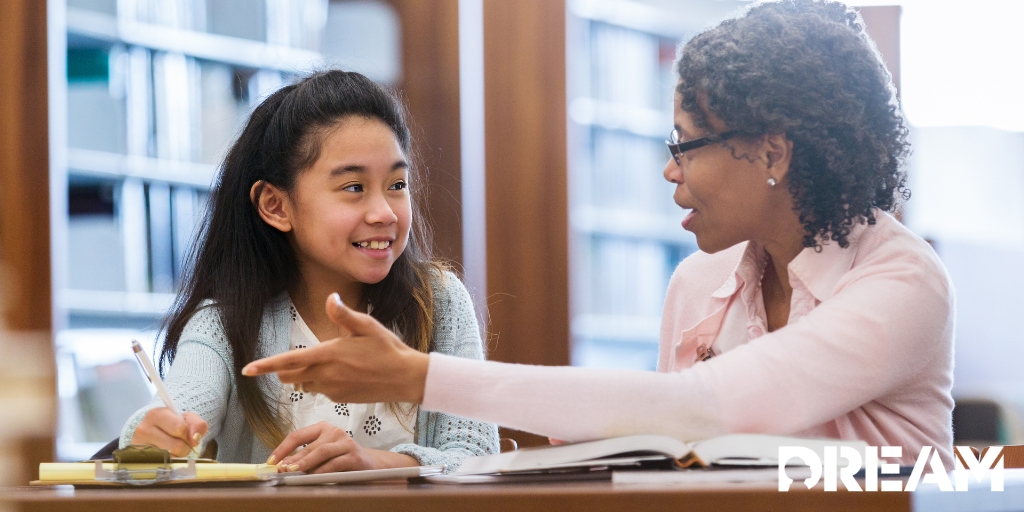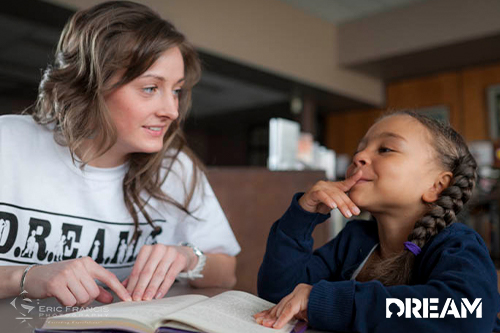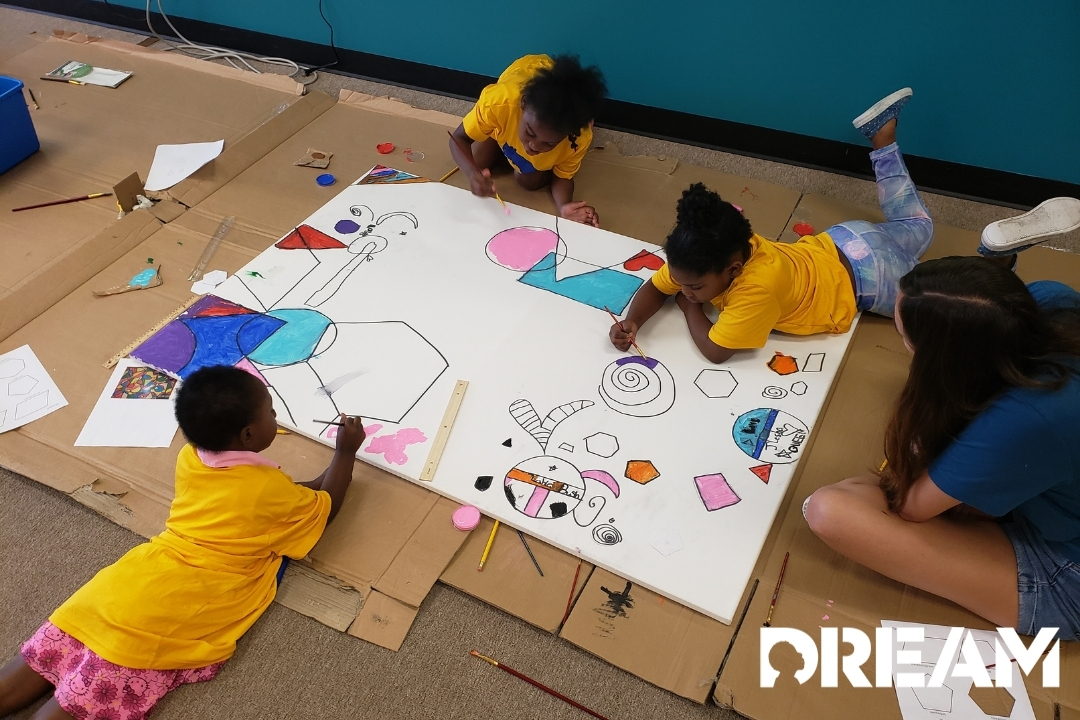October is Global Diversity Month. Diversity and inclusion are not just buzzwords; they are essential components of youth mentoring programs. Mentoring plays a pivotal role in advancing these principles. Let’s get into how mentoring can be a catalyst for diversity and inclusion, creating environments where everyone can flourish!
The power of diversity and inclusion
Diversity encompasses differences in race, gender, age, sexual orientation, religion and more. Inclusion, on the other hand, is about ensuring that diverse voices are not just present but heard, valued and integrated into decision-making processes. Why are these principles crucial? Because they bring a wide range of perspectives, experiences and ideas to the table, ultimately driving innovation, problem-solving and success.
Mentoring as a path to inclusion
Mentoring inherently aligns with the values of diversity and inclusion. It involves the transfer of knowledge, skills and guidance from a more experienced individual to a less experienced one. When applied to diversity and inclusion efforts, mentoring can break down barriers and promote equity in the following ways.
Broadening perspectives
Mentoring relationships often bridge generational, cultural and experiential gaps. This exposure can lead to more inclusive thinking and a greater appreciation for diverse viewpoints.
Skill development
Inclusion requires cultural competence and empathy. Mentors can help mentees develop these skills, fostering an environment of respect and understanding.
Breaking stereotypes
Mentoring can challenge preconceived notions and stereotypes. It allows individuals to see beyond surface differences and recognize the talents and potential in others. What’s also cool is that kids often don’t see differences; they can make friends and play with anyone, and there’s a lot we can learn from that.
Amplifying voices
Mentors can use their influence to ensure that the voices of marginalized individuals are heard in meetings, projects and discussions.
Best practices for inclusive mentoring
To harness the full potential of mentoring for diversity and inclusion, organizations and individuals can adopt several best practices.
Diverse mentor pools
Encourage mentors and mentees to come from diverse backgrounds. This broadens the range of experiences and perspectives shared within the mentoring relationship. DREAM is always looking for people with different backgrounds and upbringings to help mentor and lead youth toward making positive life choices.
Inclusive training
Provide mentorship training that addresses cultural competence, unconscious bias and inclusive communication. This equips mentors with the tools to navigate diversity-related challenges effectively.
Clear goals and expectations
Define clear goals and expectations for the mentoring relationship. This ensures that mentees receive the guidance and support they need to thrive.
Success stories
Mentoring for diversity and inclusion has led to remarkable success stories across various industries. For example, in academic settings, youth mentoring programs help navigate the challenges and differences youth face in elementary and middle school.
Learn more about DREAM’s youth mentoring programs
Mentoring has the power to break down barriers, challenge biases and create environments where all individuals can thrive. We want to work towards a more inclusive community where every voice is heard and valued. Contact us today to learn more about our programs!






